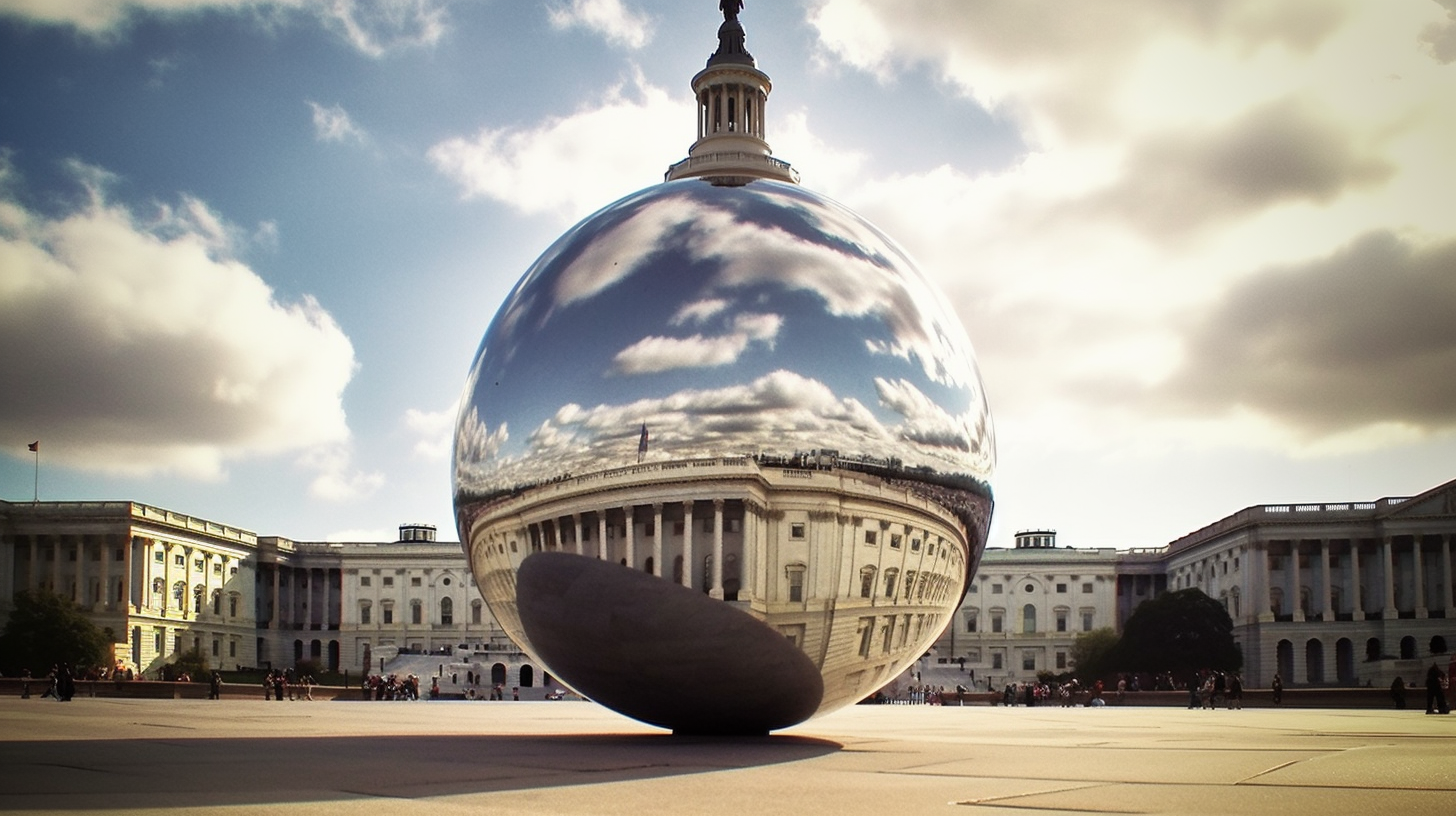The Intricacies of the US Debt Ceiling
18 May 2023 – In the realm of economic policy and financial governance, few topics generate as much debate and misunderstanding as the US debt ceiling. It’s a term that invokes fear, confusion, and trepidation among many. However, to navigate the complexities of this concept, it’s crucial to delve into its origin, its impact on the US economy, and the implications of its adjustments.
Origin and Evolution of the Debt Ceiling
The US debt ceiling, fundamentally, is a legislative limit on the amount of national debt that the Department of the Treasury can issue. The concept traces its roots back to the Second Liberty Bond Act of 1917, which was initially put in place to finance US involvement in World War I. From an initial cap of $11.5 billion, the debt ceiling has been adjusted, both upwards and downwards, on numerous occasions to reach its current standing, reflecting the nation’s economic needs and political climate.
The Mechanics of the Debt Ceiling
In essence, the debt ceiling sets the upper limit on the government’s ability to borrow money to fulfill its financial obligations. When the government’s expenditure surpasses its revenue – a phenomenon known as a budget deficit – the Treasury borrows funds by issuing debt. If the debt ceiling is reached, the Treasury cannot issue new debt, unless the limit is raised by legislative action.
Implications of Hitting the Debt Ceiling
When the debt limit is reached without an increase, the government cannot borrow more money. In such a scenario, it must operate on cash-on-hand and incoming revenues. This potentially jeopardizes the country’s ability to meet all its financial obligations, including social security benefits, military salaries, and interest on national debt.
The failure to raise the debt limit could lead to a government default. Such a default would reverberate through the global financial system, potentially causing severe economic disruption. Credit markets could seize up, the value of the dollar could plummet, US interest rates could skyrocket, and the nation’s economic growth could be severely hindered.
The Political Landscape of the Debt Ceiling
The decision to raise the debt ceiling is often fraught with political contention. While it’s essentially a procedural move necessary for the government to meet its obligations, it often becomes a political tool, wielded to advance various policy agendas. The constant debates and negotiations around the debt ceiling have led to several near breaches, most notably in 2011 and 2013, leading to the downgrade of the US credit rating and the government shutdown, respectively.
The Way Forward
The future of the US debt ceiling remains a topic of intense debate. Some argue for its abolition, stating that the arbitrary limit only serves to create unnecessary economic uncertainty. Others contend that the debt ceiling serves as a necessary check on excessive government spending.
As we navigate through the economic complexities of our times, the understanding of the US debt ceiling becomes more crucial. It stands not merely as a financial term but as a testament to the nation’s economic journey and its outlook on fiscal responsibility.
